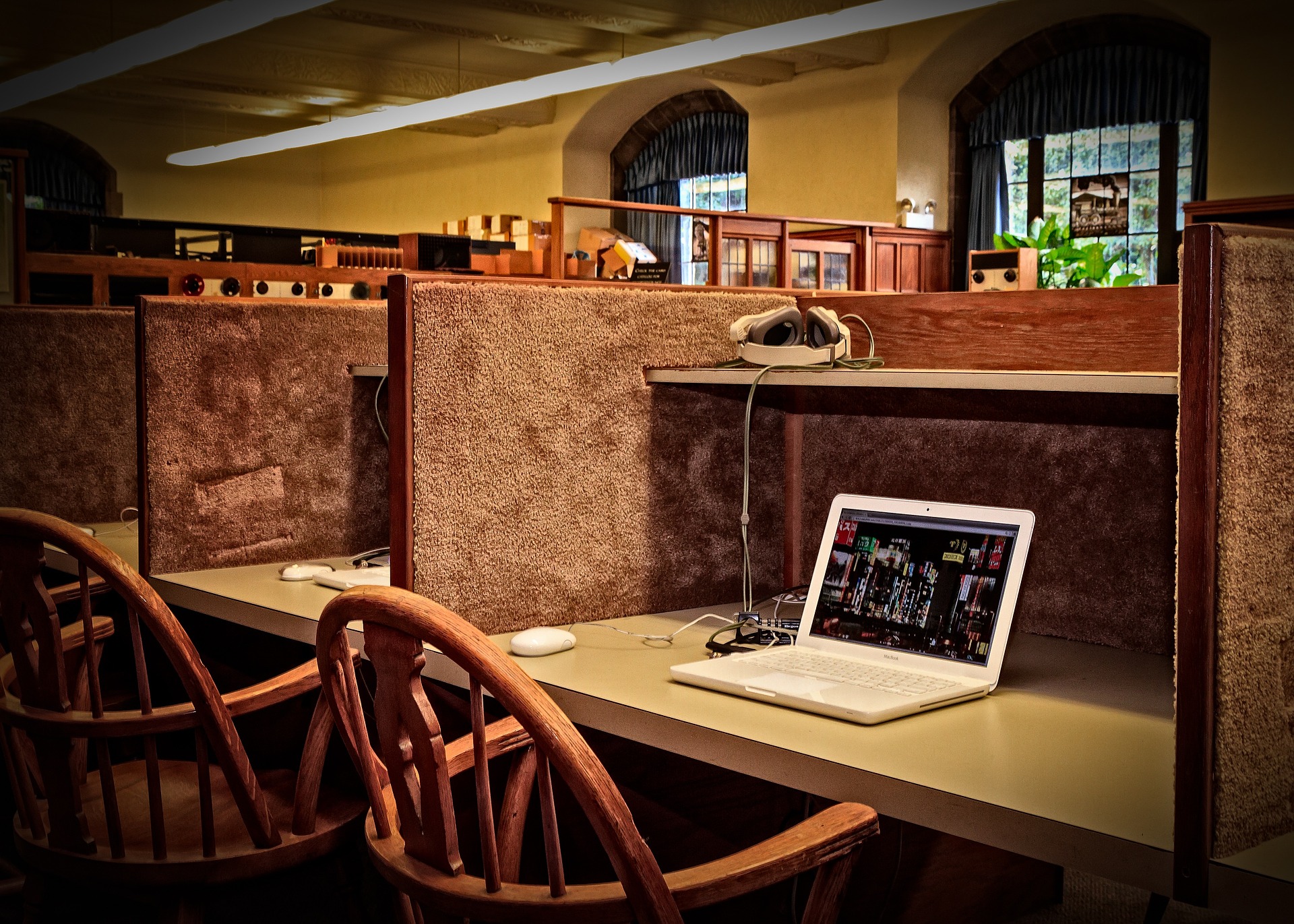By Jared Brey.
When the Mission Bay Branch Library opened in San Francisco, in 2006, there was no other project quite like it.
Part of a neighborhood-wide redevelopment of Mission Bay, a formerly industrial area near the eastern edge of the city, the development was more than just a new library. In addition to the 34,000 items in the branch’s collection, there was retail space, a community meeting hall, a health center, and around 140 housing units for very-low-income seniors, some of whom were transitioning out of the nearby Laguna Honda long-term-care hospital.
Twelve years later, a member of the San Francisco Board of Supervisors is wondering, what about the other 27 library branches?
In a meeting last week, the San Francisco Examiner reported, District 1 Supervisor Sandra Lee Fewer, who was inaugurated last year, asked acting librarian Michael Lambert whether future library renovations could incorporate an affordable housing component. The amount of public land available for affordable housing is limited, she noted, and branch libraries tend to be low-density construction. Why not build on top of them and address one of the nation’s worst housing crises at the same time? Lambert responded that the library could consider such projects down the line, though it has no plans in the works currently.
The exchange was only an informal one, but it highlights the increasingly catchall public-service role of the American library. In U.S. cities, librarians and library properties already provide crucial services to people experiencing homelessness, job-seekers, and victims of opioid overdoses, as well as the millions of students and readers who make up their traditional constituency. Could they help create housing in competitive urban real estate markets, too?
[divider] [/divider]





